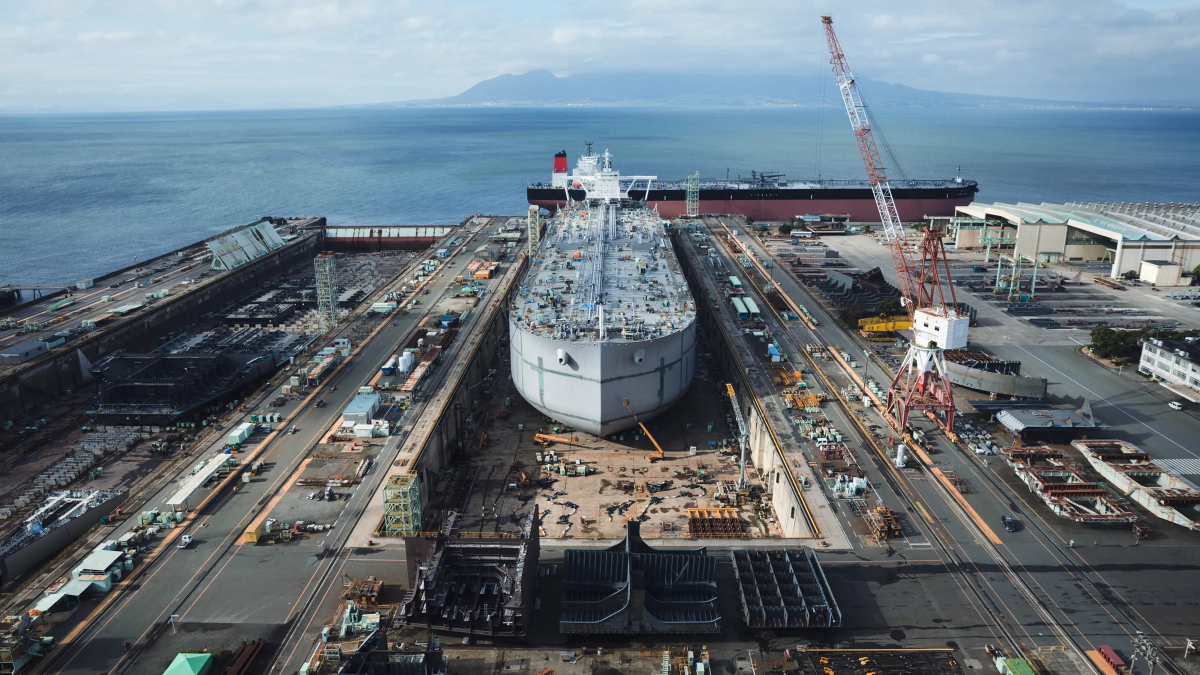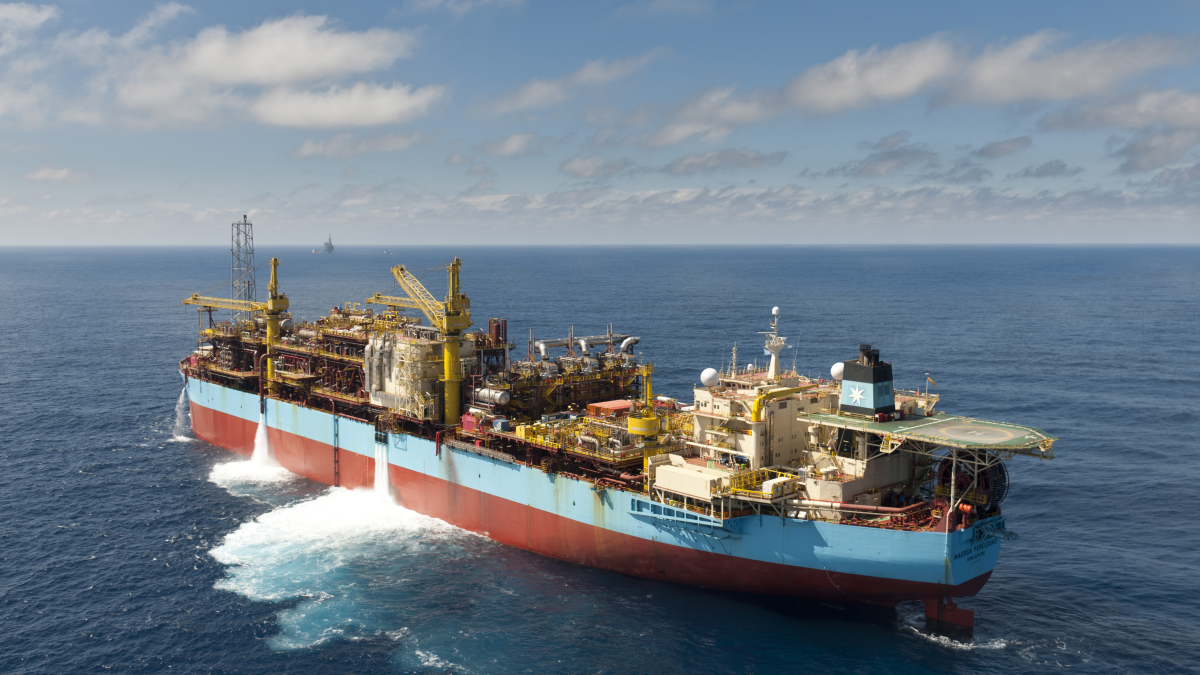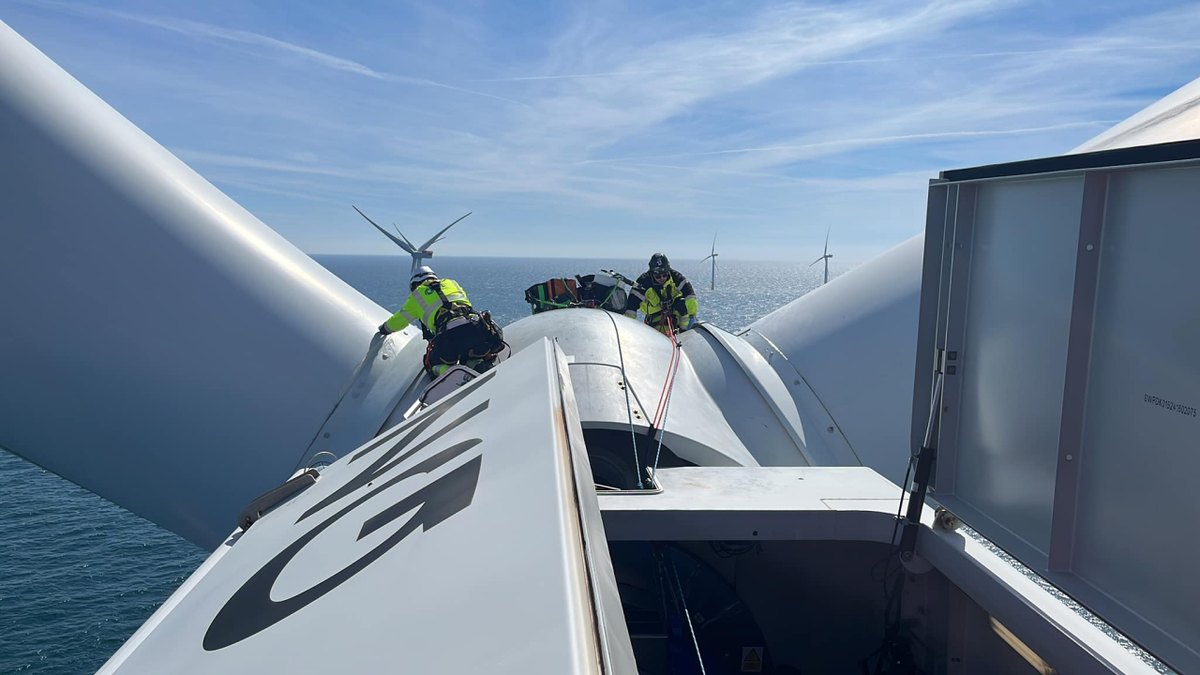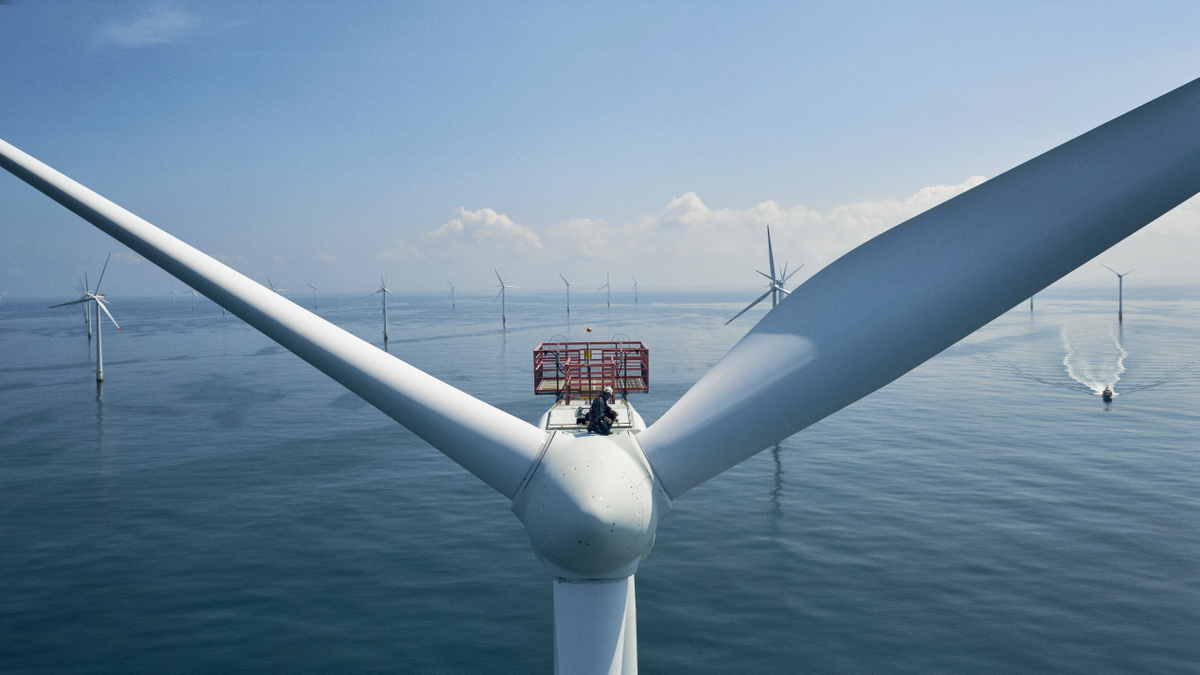Business Sectors
Contents
German associations and grid operators call for auction reform
Associations and transmission system operators (TSOs) active in the German offshore wind sector have jointly called for reform of the regulatory framework for offshore wind
In a joint statement, the German Offshore Wind Energy Association (BWO), Association of Energy and Water Industries (BDEW), VDMA Power Systems and TSOs TenneT, Amprion and 50Hertz presented measures designed to enable successful offshore wind auctions in the country. Without decisive political action, they said, Germany’s attractiveness as a market in which to invest in offshore wind risks being lost, as do jobs in the industry.
Industry representatives in the German offshore wind sector have long been calling for reform of the market, including the introduction of two-sided Contracts for Difference (CfDs), but this is the first time that TSOs have joined them in calling for change.
BWO managing director Stefan Thimm said, “With clear rules and fair investment conditions, offshore wind will remain the backbone of the energy transition. Together with the BDEW, VDMA and grid operators, we are jointly demonstrating the potential for cost reductions in offshore wind energy.
“As a first step, the next round of tenders for offshore wind needs to be postponed to the fourth quarter of 2026, so that the German Government can introduce a revised auction design with CfDs, which will significantly reduce capital and electricity generation costs.”
The industry associations said postponing the tender until from the summer of 2026 until later in the year will ‘clear the path’ for the necessary reforms to the auction system. This will allow for the introduction of CfDs as a financing instrument which, they say, “can be effectively supplemented by long-term power purchase agreements.” They said the new measures they propose are essential if offshore wind in Germany is once again become a predictable and attractive investment opportunity.
In addition, to the introduction of CfDs, the signatories to the joint proposals also want to improve the planning and utilization of offshore areas. “The goal is to increase electricity yields and utilize grid infrastructure more efficiently,” they said. “In future, the focus should be more on electricity generation, not just installed capacity. Reduced turbine density and better coordination between windfarm and grid planning will increase efficiency and reduce risks and costs,” they said, noting that they are “actively working with the authorities and policymakers to jointly design the efficient use of wind energy areas and ensure optimal coordination.”
In addition to postponing the 2026 auctions, reforming auction design, and addressing the use of wind energy areas, the parties in the joint statement say ‘immediate measures’ are needed to secure the expansion of offshore wind in 2026. Implementing these measures will enable longer refinancing periods and reduce electricity generation costs, while simultaneously providing planning certainty for investors, they said. Their proposals include, among other things, extending permits for new offshore windfarms to 35 years and introducing a tiered system of penalties for delays in operational readiness.
Related to this Story
Events
International Bulk Shipping Conference 2025
Tankers 2030 Conference
Maritime Navigation Innovation Webinar Week
© 2024 Riviera Maritime Media Ltd.














